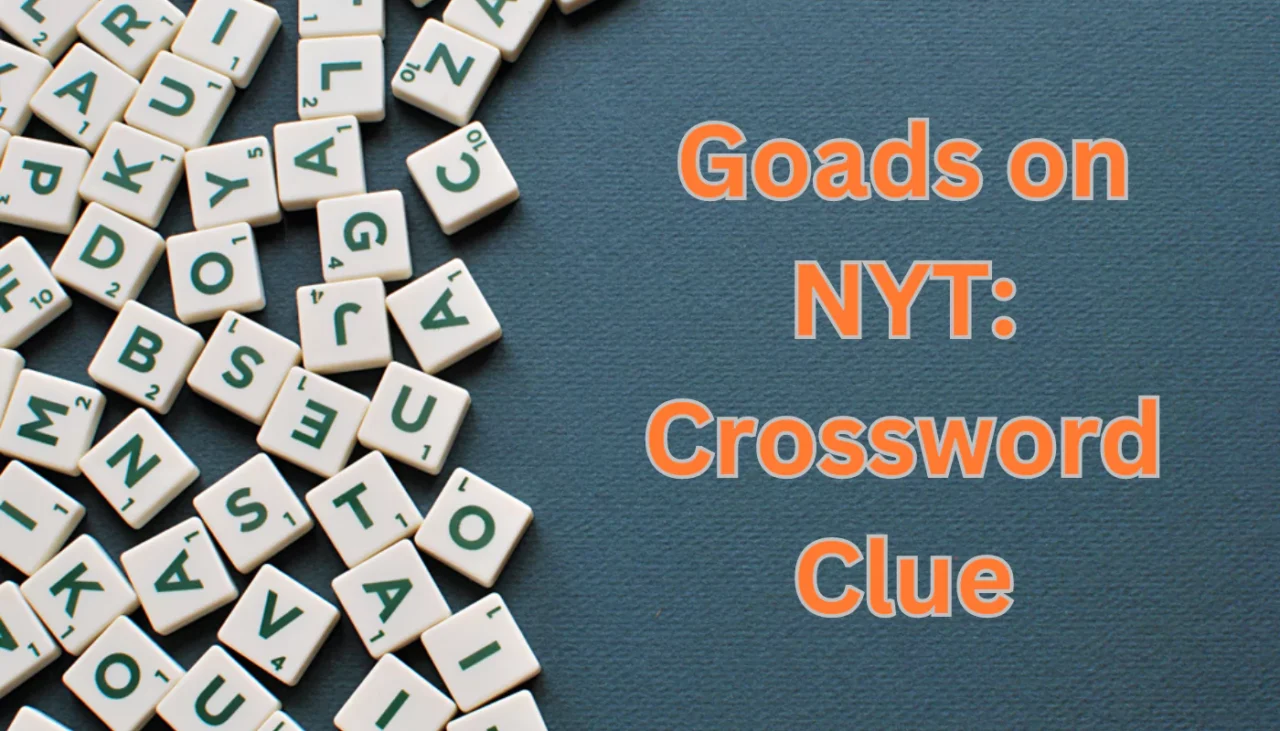Crosswords – the beloved brainteasers that challenge vocabulary and logic – rely heavily on cleverly crafted clues. But what exactly makes a good clue? Understanding different types of clues used in popular crosswords, like The New York Times (NYT), is key to becoming a crossword whiz.
This article dives into the world of NYT crossword clues, focusing on a specific type: “goads.” We’ll explore what goads are, how they’re used, and the impact they have on the solving experience.
Exploring Types of Clues in NYT Crosswords
The NYT crossword boasts a variety of clue types, each testing different mental muscles. Here are a few common ones:
- Definitions: These straightforward clues directly define the answer, often using synonyms or phrases.
- Charades: These playful clues hint at the answer through wordplay, puns, or riddles.
- Fill-in-the-blank: These clues provide a sentence with a blank space where the answer belongs.
But there’s another category that adds a layer of complexity: goads.
Unraveling “Goads” on NYT
Goads are clues that don’t directly define the answer. Instead, they nudge the solver in the right direction by providing a related concept, historical reference, or cultural touchstone.
Discovering Examples of “Goad” in NYT Crosswords
Imagine a clue like “Big Apple nickname (4 letters).” This doesn’t tell you the answer, but it does provide a context clue – the nickname of a famous city. If you’re familiar with nicknames, “N.Y.C.” (short for New York City, nicknamed the Big Apple) might pop into your head.
Here’s another example: “King Arthur’s magician (5 letters).” This clue doesn’t define a magician, but if you know Arthurian legend, you’ll recognize Merlin.
Master Strategies for Solving NYT Crosswords
So, how do you conquer goads? Here are some tips:
- Think laterally: Goads don’t give you the answer, but they offer a springboard for your brain. Don’t get hung up on a literal interpretation; explore connections and associations.
- Utilize your knowledge base: NYT crosswords often draw on general knowledge – history, literature, pop culture. The more you know, the easier it is to decode goads.
- Cross-reference: Look for intersecting clues that might shed light on the answer. The letters you fill in from other clues can help you decipher goad-based answers.
Analyzing the Impact of Goads in NYT Crosswords
Goads are a double-edged sword. They can:
Enhance Reader Engagement and Knowledge
Goads force solvers to think critically and make connections. This mental exercise can be stimulating and rewarding, leading to a deeper understanding of the answer and the world around it.
Stimulate Conversation and Debate
Sometimes, goads can be ambiguous, leading to multiple interpretations. This ambiguity can spark discussions among crossword enthusiasts, fostering a sense of community and shared challenge.
Debating the Use of Goads in NYT Crosswords
While goads add a layer of complexity, some argue that they can be frustrating, especially for beginners. Here’s a breakdown of both sides:
- Against goads: They can feel unfair to those unfamiliar with the referenced topic. Beginners might feel discouraged if they lack the specific knowledge needed to solve a clue.
- For goads: They make the solving process more dynamic and engaging. Overcoming a challenging goad can be a satisfying accomplishment.
Ultimately, the use of goads is a stylistic choice by the crossword editor.
Conclusion
NYT crossword clues, particularly goads, are designed to test your knowledge and challenge you to think outside the box. By understanding different clue types and developing effective strategies, you can transform yourself from a crossword novice to a master puzzler. So, the next time you encounter a goad, don’t be discouraged – embrace the challenge and see where it leads you!



